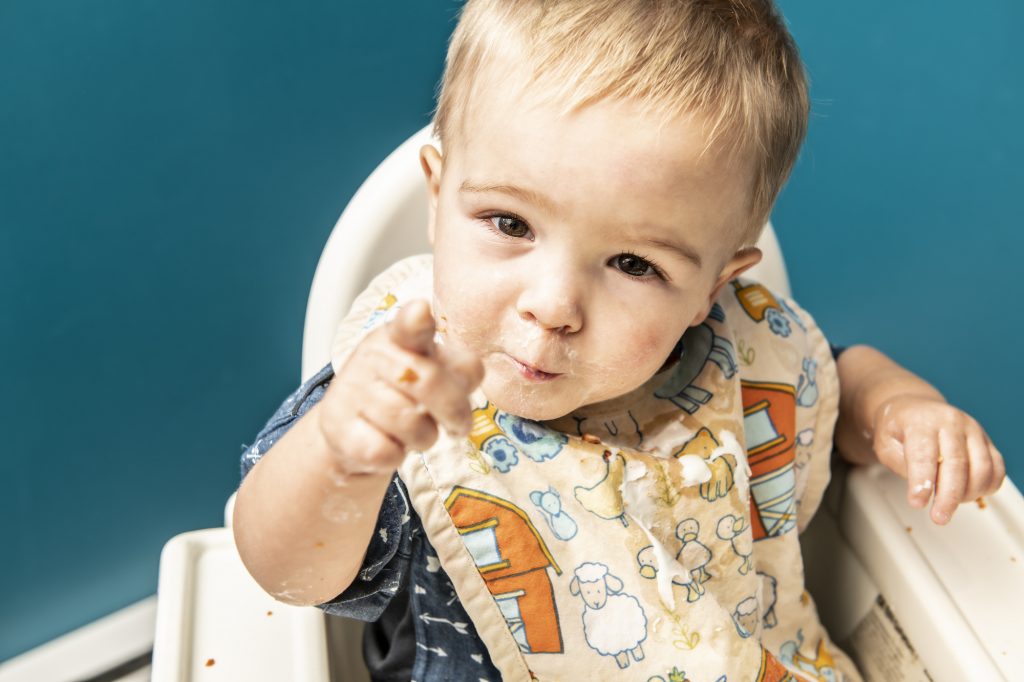Children learn language with an astonishing ease. By their first birthday, most children already utter their first words, such as “milk”. By their second birthday most of them start using two word utterances, such as “more milk”. By their fifth birthday, most of them already master almost all aspects of language. This seemingly remarkable ability comes from our ultimate wish. That is, to communicate.
Communication can be accomplished through multiple ways. These include auditory-vocal, such as speech, or visual-spatial forms, such as gestures[1]. Children use both of these forms from the very start of their language journey. Several pieces of evidence show that children start to communicate their intentions via pointing gestures even before they start to utter their first ever words. For instance, before they master their ability to say “bottle”, they point to the bottle to indicate that they want to communicate about their drinking bottle. Indeed, researchers found a positive relationship between the emergence of pointing gestures in babies’ communication and the emergence of their first words. That is, the emergence of first words follows the emergence of pointing. As children mature and start to communicate complex ideas and intentions, they first start to combine pointing gestures and single words before starting to use two-word utterances. For instance, they can point to the bottle and say their own name to indicate that this is their bottle. Other studies showed that the number of different gestures the child used, predicted their vocabulary size in later childhood. It has been found that how often a child points to different objects at the age of 14 months is related to the size of the vocabulary at the age of 42 months.
Of course, pointing gestures are not the sole determiner of language development. Several factors may potentially affect, indicate, or support language development. To name but a few, many other physical cues that indicate non-verbal communication, such as the direction of the head turn, the direction of the gaze, the social smile, can also tell a lot about young children’s communication. Here, the parents’ role should be to be attentive and to detect their child’s communicative patterns. This will help to establish a strong bond of communicative understanding and can help their child to acquire language.
Read further:
- Iverson, J. M., & Goldin-Meadow, S. (2005). Gesture paves the way for language development. Psychological Science, 16(5), 367-371.
- Özyürek, A. (2018). Role of gesture in language processing: Toward a unified account for production and comprehension. In S.-A. Rueschemeyer, & M. G. Gaskell (Eds.), Oxford Handbook of Psycholinguistics (2nd ed., pp. 592-607). Oxford: Oxford University Press. doi:10.1093/oxfordhb/9780198786825.013.25.
- Rowe, M. L., Wei, R., & Salo, V. C. (2022). Early gesture predicts later language development. In A. Morgenstern & S. Goldin-Meadow (Eds.), Gesture in language: Development across the lifespan (pp. 93–111). De Gruyter Mouton; American Psychological Association. doi:10.1037/0000269-004
[1] One of the visual-spatial forms of language is sign languages that used by deaf communities.

